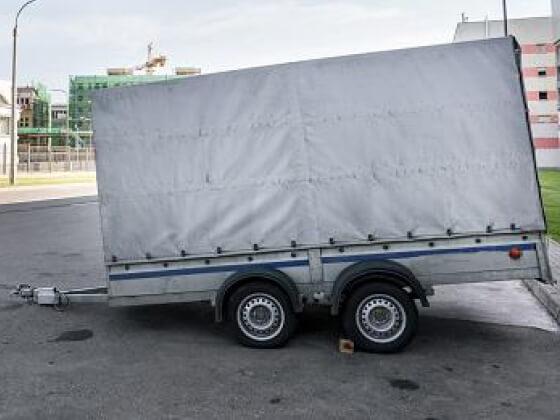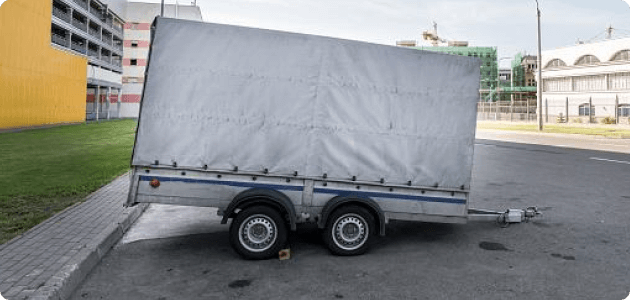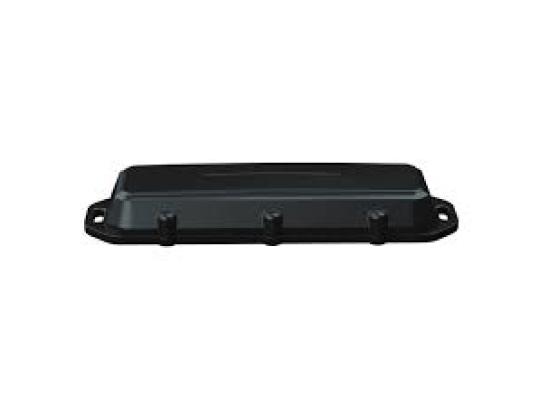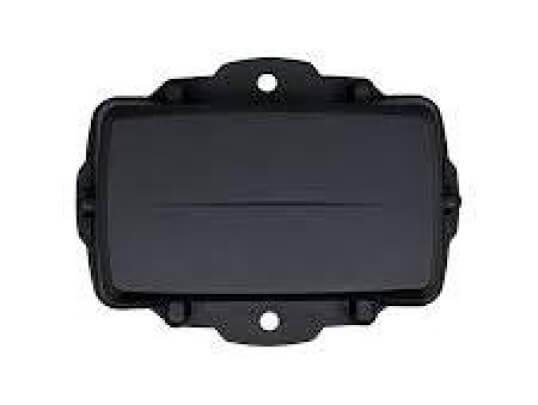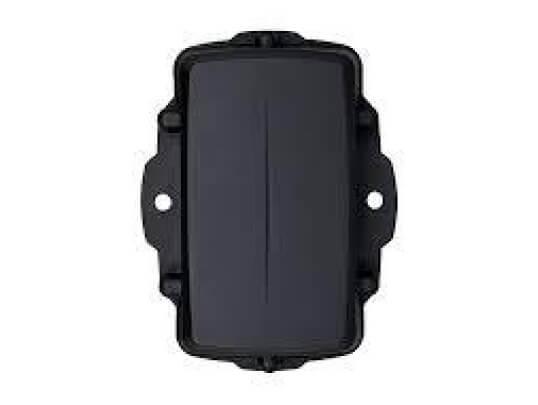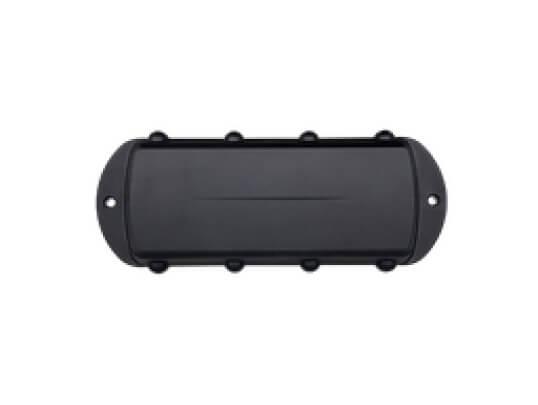A lot of things are not battery- or voltage-powered. Nevertheless, it is often interesting to have some basic parameters available. Hence Asset Monitoring & Asset Tracking.
For such equipment, you need to know its location and you want to be aware of any movements. Impact detection in case of accidents. Running hours are also useful for planning your maintenance.
